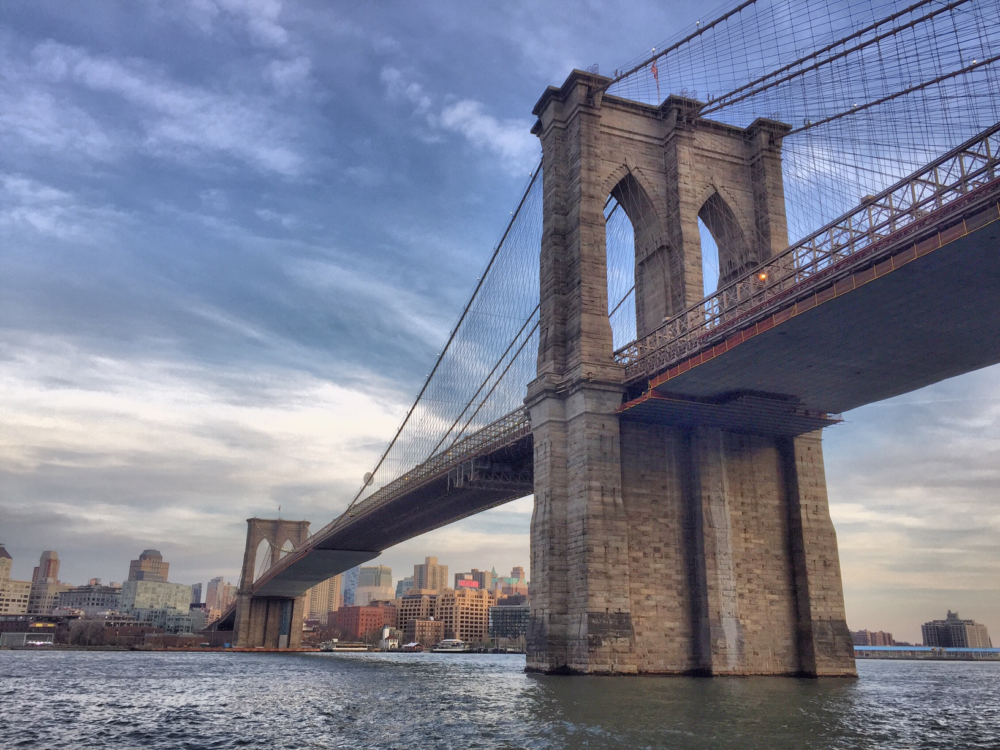The short answer: Data, context, and gainful employment… but read on for more specifics, including which neighborhood I currently believe is the best value overall.
After reading an article about how rents hit an all time high in July 2017, I decided it was not too early to get a jump on my impending move in 2018. Inspired to get a feel for the NYC rental market on my own, I set off to see if there was any way of systematically identifying high value apartments besides spending hours browsing the web.
Naturally (as any normal person does), I decided to start off by web scraping as many of the current rental listings from StreetEasy for the neighborhoods I was most interested in to begin with (I may add more later). Honestly, this was the hardest part of the whole process since StreetEasy is quite obviously worried about competitors scraping their data and using it for their own gain. However, I was able to get it working using python, selenium, and the google chrome driver. If you are interested, I have posted the code on my GitHub page. (I do plan on expanding my search and enriching the data more in the future)
When it was all said and done I had detailed information for ~1,200 one bedroom apartment listings from 14 different neighborhoods spread across Manhattan and Brooklyn. Rather than only dealing with neighborhood summary statistics, I was able to get a real sense of the price, size, and amenity variations within each area. The best way to start digging into this data was to create a Tableau Dashboard (which I have posted on Tableau Public)
What I learned
There is a big difference between ‘Williamsburg’ and ‘East Williamsburg’
Once the hipster capital of the world (no longer the case since they have a Dunkin Donuts), Williamsburg has become one of the most desirable places to live in Brooklyn for all different types of people. I was surprised to see that the median rent of $3,100 made it the 9th most expensive neighborhood of 14 I analyzed, which is slightly misleading. When you separate out East Williamsburg, the median rental price in Williamsburg goes up $200 (making it more expensive than SoHo). However, the silver lining is if you still want to tell people you live in Williamsburg but are on a budget, the median price in East Williamsburg is $2,450 (that is cheaper than any of the other neighborhoods I analyzed). In fact, the maximum amount you should expect to pay for a 1BR in East Williamsburg is $3,300… the same amount as the median price in Williamsburg “proper”.
Be prepared to pay for that doorman
I primarily focused on 6 amenities, which I personally may want in my next place: a balcony, doorman, elevator, washer/dryer in-unit, dishwasher, or rooftop access. (I purposefully left out zipline, an amenity I have not had since middle school)
In general, listings with a doorman are 25% more expensive than those without ($3,771 vs. $2,850). On the other side of the spectrum, balconies generally meant that the listing would only be 7% more expensive. (Note: There are other confounding variables at play here, since these amenities rarely come alone, but it at least provides a ballpark estimate of their value)
In addition, Tribeca had the highest percentage of listings with a doorman (88%), while SoHo had the lowest (0%), which was interesting given their close proximity.
If you are looking to find an apartment with a balcony, I suggest you start your search in Vinegar Hill, where 40% of the apartments have one.
Square footage is consistently and conspicuously absent
In an effort to maximize value, the logical starting point was price per square foot. However, only 36% of listings show the square footage making it difficult to trust any conclusions made on this metric alone.
Interestingly, the most expensive neighborhoods are the ones that report square footage the least often. West Village and Tribeca reported square footage on 14% and 28% of their listings respectively. Apparently, in these neighborhoods they want people measuring value by the experience and culture of the area (priceless) rather than how much space your money buys…
For those of you who are curious, the square footage information that I was able to scrape suggests that your money goes almost twice as far per square foot in DUMBO than it does in the West Village ($7.28 vs $4.60), and DUMBO is the most expensive neighborhood in Brooklyn. Additionally, of the neighborhoods I sampled, your money goes the absolute farthest in Carroll Gardens ($3.05).
So where is the best value?
WARNING: the conclusion below is definitely debatable, and I am hoping to come up with a better way to quantify the value of amenities to make this conclusion less qualitative…
Brooklyn. More specifically, DUMBO/Vinegar Hill. Based upon the data I have seen thus far, you get the most amenities and space for the money. Feel free to play with the dashboard yourself and see if you come to a different conclusion.
One of the best ways to hone in on the Price vs. Size tradeoff is with the chart seen below. The bluer a circle is, the less per square foot it is, and the bigger the circle, the more amenities it has. You can even select a specific apartment and link to the StreetEasy listing!
Wishlist for other metadata (future state)
How good is the view? Beyond text analysis for keywords that would infer there is some sort of view this gets fairly complicated.
How much counter space/closet space/cupboard space is there? This would likely require that there is at least some sort of floor plan available (which is not always the case).
How far is the nearest grocery store (or other important ? This would involve pulling some data from the Google Maps API.













